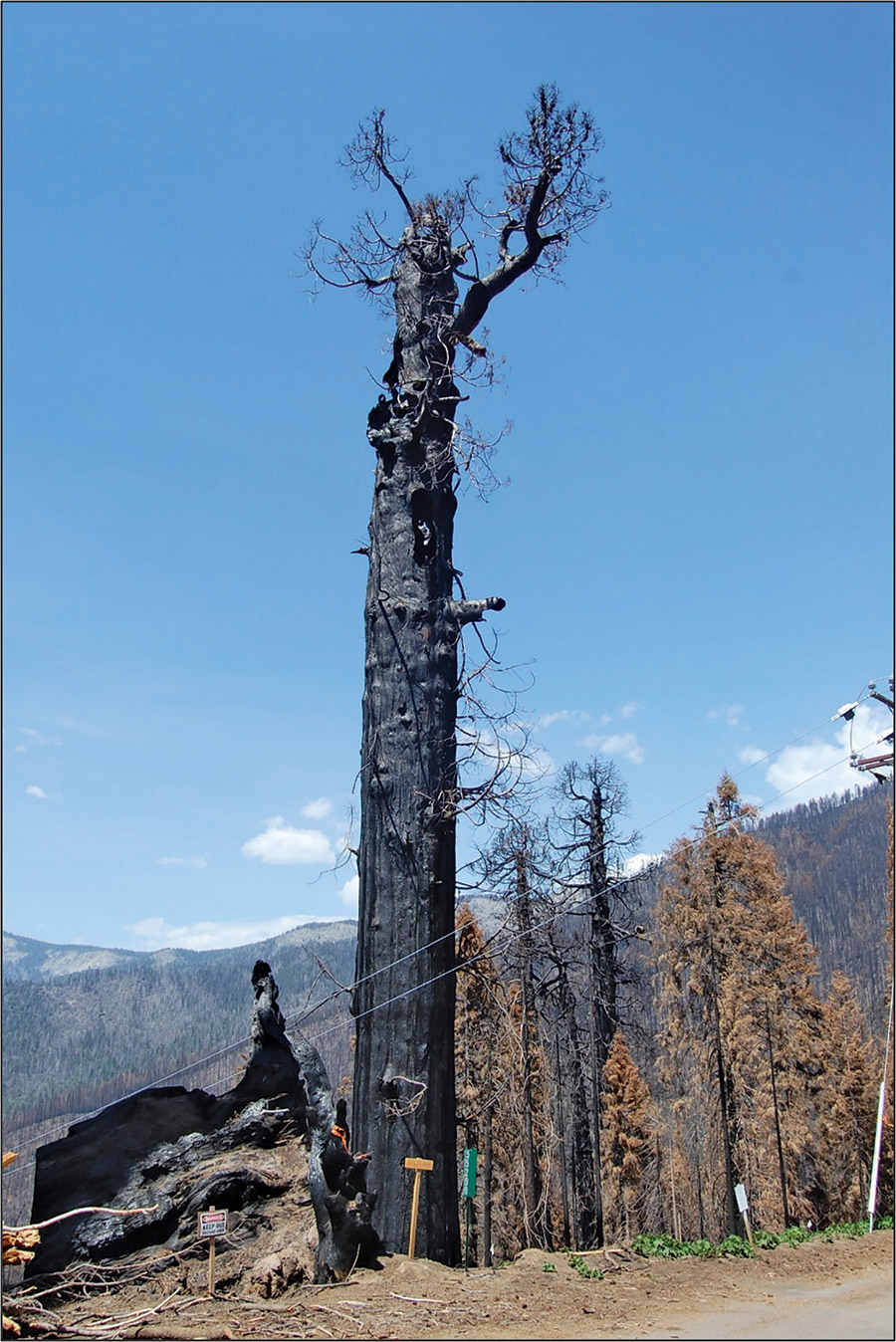
Peter Wijsman
Vice President, City Executive for San Francisco and Surrounding Area
Arcadis
The AEC industry expects the upward trends to continue in Sacramento—at least for the foreseeable future. Total construction starts are projected to reach $8.9 billion this year before falling slightly in 2025, according to Dodge Data & Analytics. The biggest drop is expected with non-residential building, particularly the health care sector.
Still, the industry’s mood for the region remains sanguine, says Wijsman.
“Investments in Sacramento can be seen with the population growth and associated increase in housing stock, investments from government and academic institutions in new innovation and technology hubs and, lastly, the Sacramento International Airport expansion,” he explains.

The devastating wildfires that scoured California in 2020 offered Arcadis an opportunity to use cutting-edge technology to help organize the cleanup.
Photo courtesy Arcadis
That tracks with Dodge statistics that suggest starts for the residential and non-building categories are both expected to continue to trend upward, with total starts for those sectors topping $3.5 billion and nearing $2 billion, respectively.
The key items sparking excitement fall into two categories, Wijsman says: investments in the Sacramento region itself and major state infrastructure investments decided on in Sacramento and built in the Central Valley.
He lists a number of examples for the latter: California High Speed Rail, the proposed Sites Reservoir, the Delta Conveyance Project and wildfire mitigation efforts. The last of which Arcadis has garnered significant experience with having been hired by the California Dept. of Resource Recycling and Recovery (CalRecycle) to handle two major fire-restoration projects.
The projects, one in Northern California and the other across five counties in Southern California, were in response to the 2020 wildfires that struck the state, causing a state of emergency. The effort required deploying arborists to assess more than 100,000 fire damaged trees and then working with licensed timber operators to track each removed tree from its parcel of origin to its end-use facility.
To manage the enormous undertaking, Arcadis used a FEMA-compliant automated debris management system software that synced with a geographic information system for updating real-time online dashboards and state-of-the-art GPS tracking devices to confirm compliance for haul routes.
“The increase in housing stock will trigger investment in infrastructure updates, public buildings and other services.”
—Peter Wijsman, Vice President, City Executive, Arcadis
Wijsman says he is tracking three major trends in the Sacramento market: population growth, energy transition and diversification of economic activity.
As for population growth, although Dodge stats suggest languid growth in the short term, the longer term seems brighter. The state mandate to increase housing stock by 10% by 2030—along with the region’s relative affordability—promise a healthy demographic boost.
“The increase in housing stock will trigger investment in infrastructure updates, public buildings and other services,” Wijsman says.
On the issue of energy transition, the state effort to move away from fossil fuels promises a boom in associated technologies.
“Vehicle and fleet electrification, grid upgrades and the development of alternative energy sources will continue to drive significant investments in the next 10-15 years and beyond,” he notes.
Finally, the diversification of economic activity in the region includes large investments in research and corporate facilities for the technology sector due to the presence of strong academic institutions in the area and proximity to the Bay Area.
“Investments in this sector create a host of ancillary business opportunities,” he says.
Wijsman notes that the number of major projects in the pipeline are an example of Sacramento’s diversified market and the convergence of several major sectors in the region: government, health care, education, agriculture and professional services industries.
“It will continue to be strong with an increased focus on technology and advanced manufacturing. Sacramento differs from the rest of the Central Valley due to its relative proximity to the Bay Area [and] the many state and federal government functions it has,” he says.
Those advantages should help as the AEC industry battles wider challenges. But dangers remain. A biannual study conducted by Arcadis notes a downturn could be prompted by factors such as a change in affordability and an increase in inflation.
“Sacramento is far from immune to the macro trends affecting the construction industry such as the high cost of time, labor and materials dominating capital project cost escalation,” he points out.





